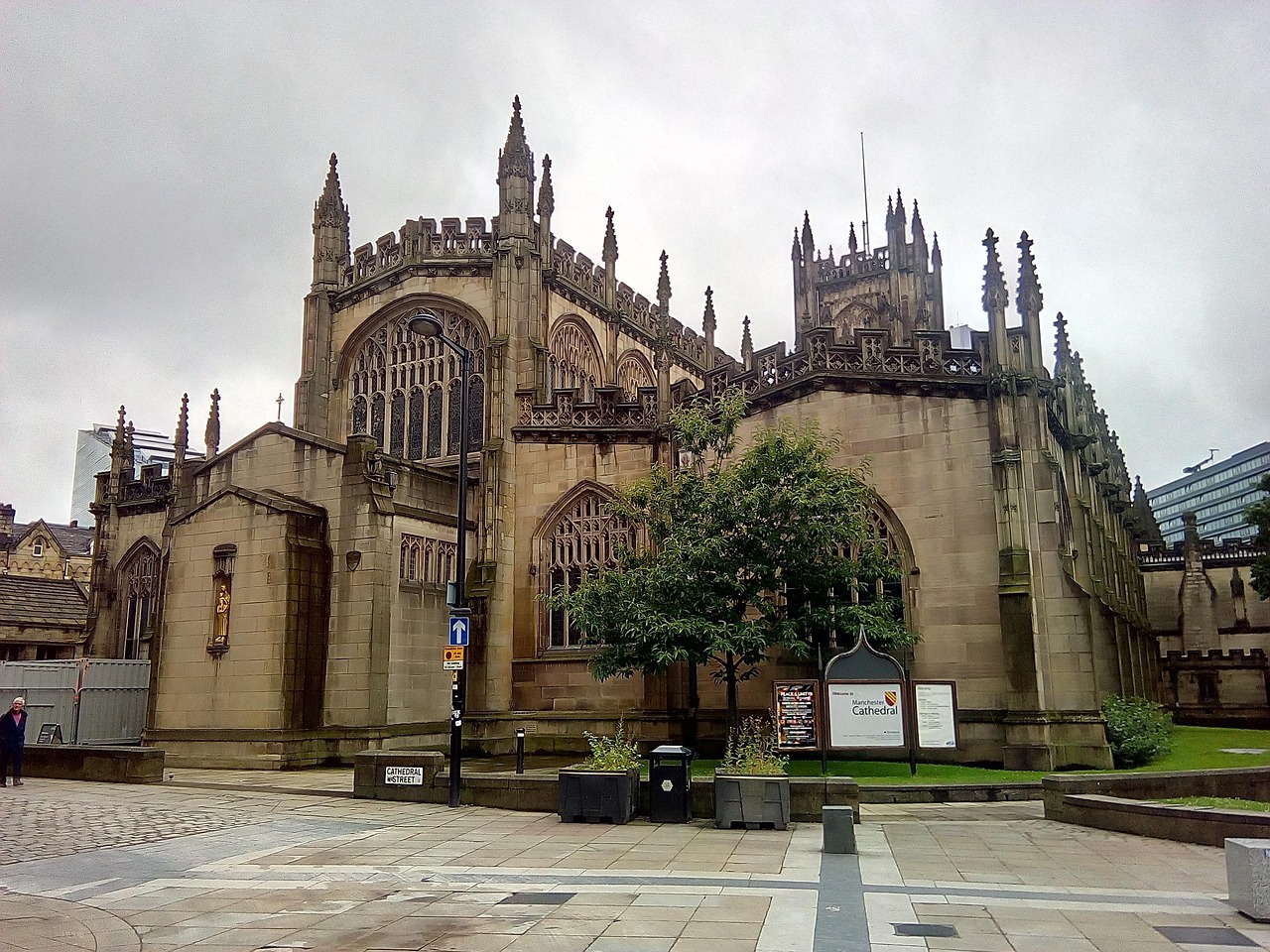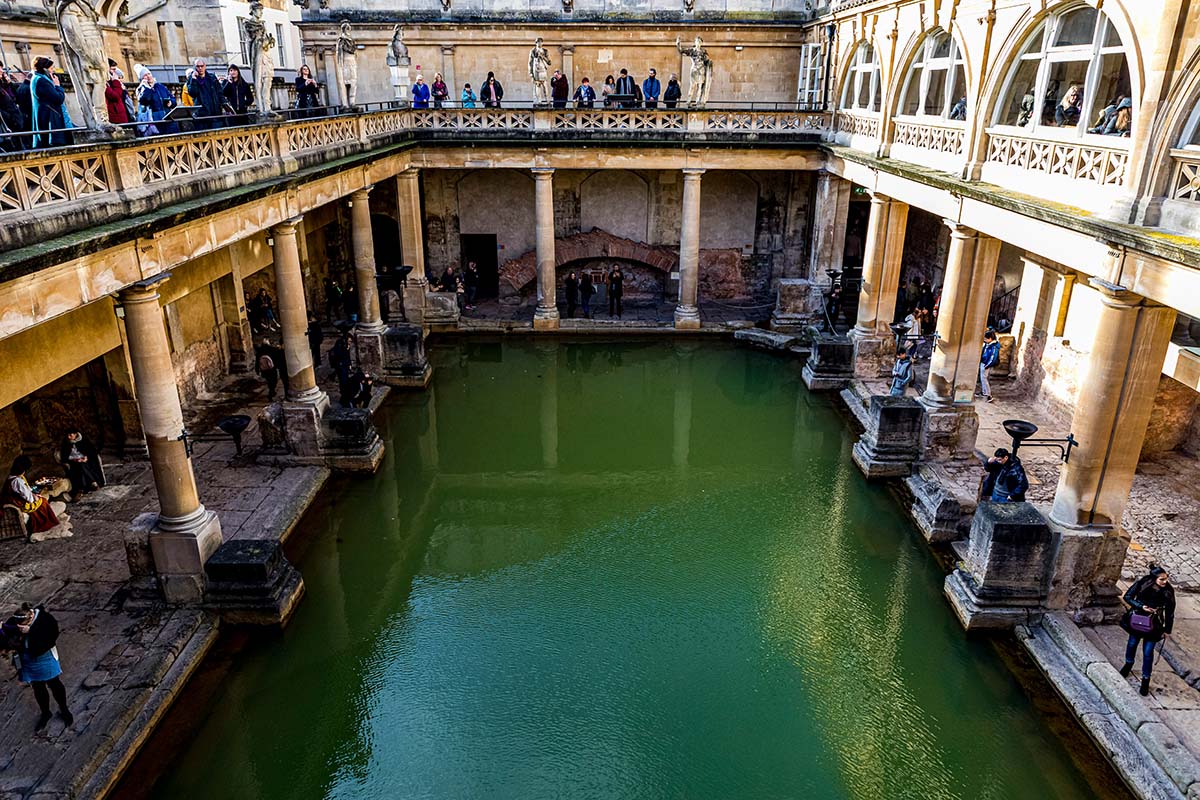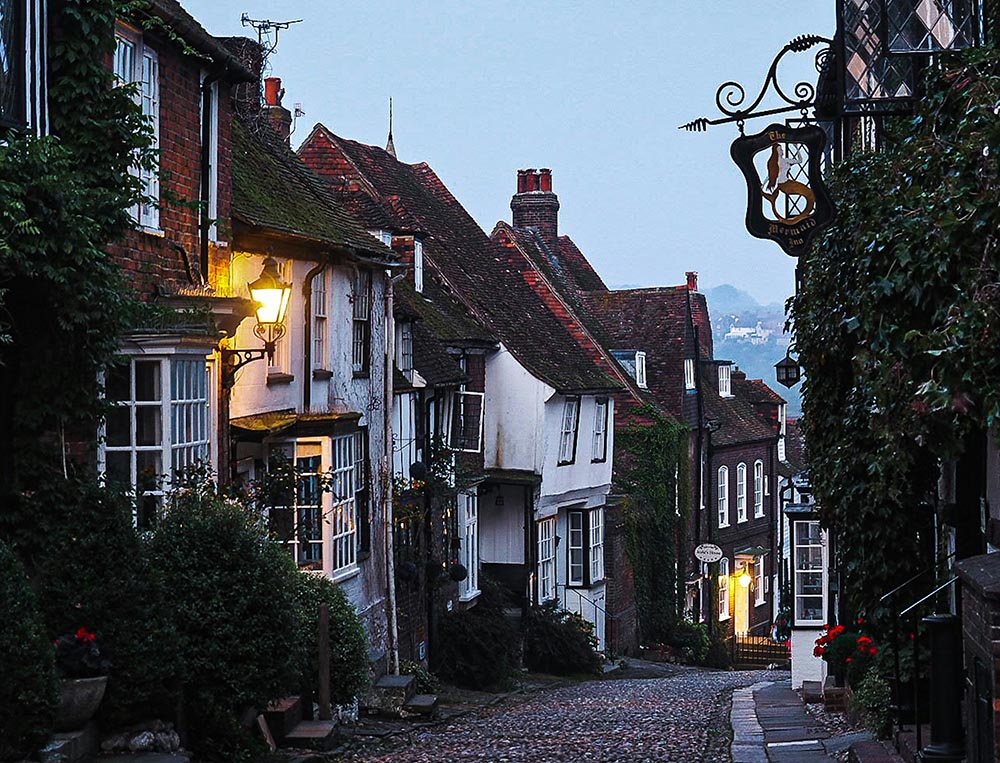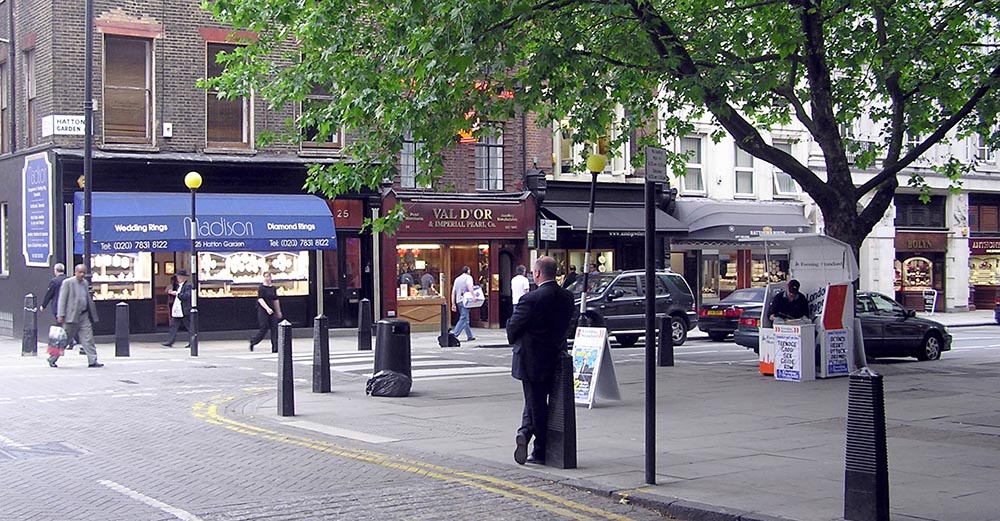
London in winter can be a bit of a brute. The sun clocks off at 3:30 PM, the drizzle is persistent, and the Central line at rush hour feels like a special kind of punishment. It’s tempting, so tempting, to just hibernate under a weighted blanket with a full queue of streaming shows until March.
But to do that would be a massive mistake.
When the temperature drops, London’s hospitality scene doesn’t just cope; it thrives. It’s a city built for winter. This is when the capital’s restaurants, bars, and pubs light their fires, dim their lights, and lean into what they do best: creating intimate, glowing, utterly irresistible spaces that feel like a hug. We’re talking steaming hot cocktails, basement bars lit only by candlelight, plush velvet booths you can sink into, and dishes so hearty they basically count as central heating.
Forget the deep freeze—this is the season for deep comfort. We’ve scoured the city, from flashy new openings to immortal classics, to find the definitive spots that make going out in the cold worth it. This is the 2025 winter hit-list. Get your coat.
1. Roe, Canary Wharf
For years, getting foodies to brave Canary Wharf was a tough sell. It was, well, a bit… corporate. Then came Roe. From the certified geniuses behind Fallow, this absolute mega-venue has single-handedly turned the E14 postcode into a culinary destination. Housed in a giant waterside spot, Roe is a cathedral of “sassy sustainability,” and it’s the place to be this winter. The vibes are immaculate, with the vast space broken up by stunning 3D-printed “coral” walls (made from recycled materials, naturally).
The team’s signature no-waste ethos is everywhere, but it’s the flavour that will blow you away. You’ll hear whispers about the snail vindaloo flatbread—believe the hype. The ‘blooming onion’ is a trashy-in-a-good-way masterpiece, and the venison mixed grill is a robust, fiery celebration of British game. But the real showstopper, the dish you’ll tell your friends about, is the caramelised banana parfait. It arrives looking exactly like a banana, skin and all, but it’s a mind-bending, creamy, perfect dessert. This isn’t just a restaurant; it’s an event.
2. The Plume of Feathers, Greenwich
What’s a winter list without a proper, honest-to-god pub? Tucked away on a quiet street near the top of Greenwich Park, The Plume of Feathers is everything you want a boozer to be when it’s miserable outside. We’re talking roaring fireplaces (yes, plural), ancient creaky floorboards, low-beamed ceilings, and a bar stocked with brilliant local ales. It’s the kind of place that feels like it’s been there for 300 years, mainly because it has.
This is where you come for a five-hour Sunday session. Settle into a corner with the papers, grab a pint of something dark, and order the roast. The beef is legendary, served with gravy you could happily drink from a mug and potatoes cooked in—what else?—beef dripping. Their pies are also the real deal: shortcrust, steaming, and exactly what the doctor ordered after a frosty walk through the park.
3. Sola, Soho
Sometimes, winter demands the opposite of a dark, cosy pub. Sometimes, you need to be transported. Sola is a splash of bright, vibrant Californian sunshine dropped right into the middle of Soho. Holding a Michelin star, chef Victor Garvey’s restaurant is a plant-filled, beautifully lit oasis that makes you forget it’s raining sideways on Dean Street. It’s chic, it’s refined, and the food is just stunning.
The menu is pure West Coast luxury, focusing on sensational produce. You’re here for the tasting menu, which is a journey of intricate, surprising, and beautiful dishes. The signature devilled egg with caviar is a tiny explosion of flavour, and dishes marrying things like langoustine and foie gras are handled with a lightness that feels totally modern. It’s a splurge, for sure, but it’s the perfect, glamorous antidote to the winter blues.
4. The Connaught Bar, Mayfair
If you’re going to do a winter cocktail, do it properly. Forget novelty pop-ups; head for the pinnacle of timeless, opulent perfection: The Connaught Bar. Repeatedly crowned the world’s best, this Mayfair institution is luxury personified. The room itself, designed by the late David Collins, is a shimmering cube of platinum silver-leaf walls and plush, dark furniture. It feels important.
You are here for one thing: the Martini. A white-jacketed bartender will roll over the famous trolley and perform a piece of pure liquid theatre, tailoring the drink to your exact specifications with a range of house-made bitters. “It’s not just a drink, it’s a ritual,” master mixologist Agostino Perrone has said. He’s not wrong. It’s sharp, it’s cold, it’s flawless. Put on your good shoes, sit back, and sip the best cocktail in London.
5. Nest, Shoreditch
Tucked away in Shoreditch, Nest is the antidote to the capital’s sprawling, shouty dining rooms. It’s intimate, it’s clever, and it’s got a huge heart. The concept here is beautifully simple and perfect for the foodie who loves to be surprised. Instead of a sprawling à la carte, Nest offers a no-choice set menu that focuses on a specific British ingredient or theme—think game, beef, or seafood—which changes every few weeks.
This isn’t a gimmick; it’s a showcase of serious culinary skill. By focusing on one thing, the kitchen team (led by a Harwood Arms alum) explores it from top to tail, delivering playful, inventive, and flat-out delicious dishes. The dining room itself is a picture of cosy-chic, full of vintage furniture and warm lighting. It feels like you’ve been let in on a secret. You’re putting your culinary fate in the chefs’ hands, and frankly, you’ll be glad you did.
6. Skylight Tobacco Dock, Wapping
Okay, sometimes you do want the novelty pop-up—especially when it’s this good. Skylight remains the undefeated champion of winter rooftop experiences. Why? Because they have Europe’s only real rooftop ice rink. This Wapping spot transforms into a full-on ‘après-skate’ village, offering jaw-dropping views of the London skyline.
The real draw, of course, is the ‘grammable igloos. Book one of these heated, transparent domes for you and your mates, get cosy under the blankets, and order a round of steaming mulled wine. The food is pure alpine comfort: think mountains of gooey, melted raclette scraped over potatoes, and hearty bratwurst. Is it a bit of a cliché? Yes. Is it also ridiculously fun to skate (badly) on a roof and then dive into a personal igloo? Absolutely.
7. Rules, Covent Garden
You can’t talk about winter in London without mentioning Rules. As the city’s oldest restaurant (established 1798, casual), this place is winter. Stepping inside is like walking onto the set of The Crown—all plush red velvet banquettes, dark wood panelling, and walls crowded with centuries of paintings and memorabilia. It’s grand, it’s unapologetically old-school, and it’s magnificent.
The menu is a glorious, artery-hardening love letter to classic British food. This is the place to eat game, from pheasant to grouse, all sourced from the restaurant’s own estate. If you’re not feeling gamey, the steak and kidney suet pudding is a national treasure. It arrives in its own silver tureen, swimming in a gravy so rich it should be illegal. Finish with the steamed treacle sponge and custard. It’s a proper, historical, utterly comforting embrace of a meal.
8. Dishoom, Various Locations
It’s a classic for a reason. On a cold, wet night, there are few things more restorative than the warmth, spice, and buzzing energy of Dishoom. This homage to Bombay’s old Irani cafés has become a London institution, and its popularity never wanes. I once waited 90 minutes in the rain at the King’s Cross branch, and I’d do it again tomorrow. The queue itself is part of the experience, with friendly staff handing out warming cups of ginger chai to ease the pain.
Once inside, you’re hit with the smell of incense and grilling meat. The menu is flawless. You must get the House Black Daal—it’s creamy, smoky, and cooked for 24 hours. The Gunpowder Potatoes, the Chicken Ruby, and a stack of buttery garlic naans are all non-negotiable. And this winter, they’re bringing back the festive Turkey Raan—a whole turkey leg, slow-cooked until melting, served with all the trimmings. It’s a cross-cultural triumph.
9. Muse by Tom Aikens, Belgravia
This is not just dinner; it’s culinary theatre. Tucked away in a tiny, absurdly picturesque mews house in Belgravia, Muse is Tom Aikens’s Michelin-starred passion project. With only 25 covers, securing a seat here feels like getting a golden ticket. The entire experience is deeply, wonderfully personal. The tasting menu is a culinary autobiography, with each exquisite dish inspired by a specific memory from Aikens’s life and career.
You’re not just eating food; you’re hearing a story. Dishes have names like ‘Conquering the Beech Tree’ (a stunning langoustine and pork fat creation) and ‘My first trip to…’ It’s wildly creative, technically breathtaking, and served with an intimacy that’s rare in London. You’re often just feet from the chefs as they work their magic. It’s a meal you’ll be talking about for years. A truly special, once-a-season experience.
10. Gordon’s Wine Bar, Embankment
If this place is a secret, it’s the worst-kept one in London—and thank god for that. As the city’s oldest wine bar (est. 1890), Gordon’s is the undisputed king of winter atmosphere. Forget bright lights; this place is basically a cave. You head down a steep set of stairs off Villiers Street into a series of vaulted, subterranean cellars lit almost entirely by candlelight.
The vibe is impossibly romantic and conspiratorial. The ceilings are low, the brickwork is ancient, and the air is filled with the happy murmur of people drinking good wine. There’s no fancy cocktail list here. You grab a bottle of something robust and red from the bar (or a sherry served straight from the barrel) and head to the legendary cheese counter. Order a massive, rustic board of cheese and cured meats, find a shadowy corner, and settle in for the night. This is, quite simply, one of the cosiest spots on the planet.






